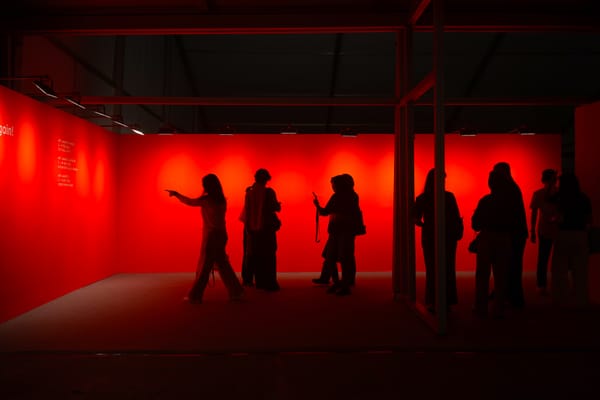Market
Latest Art Market Survey Offers Glimpses of Optimism

Amid pervasive gloom about the global economy, the recently published Art Basel and UBS Survey of Global Collecting 2024 offers several unexpected and, on occasion, optimistic insights. Produced by economist Clare McAndrew and released on October 24, the report looked at shifting dynamics within the global art market, surveying over 3,660 collectors across 14 major regions during 2023 and the first half of 2024.
The headline numbers were not good news for the art industry at large. In terms of individual spending, the survey found that the average dropped by 32 percent, to about USD 363,905 per buyer. McAndrew attributes this to the broader socioeconomic context: “the persistent backdrop of geopolitical tensions, trade fragmentation, higher-for-longer interest rates, and other region-specific issues continue to weigh on the sentiment and plans of buyers and sellers.” However, older buyers are snapping up artworks with more consistency than younger adults. Millennials, those thirty-somethings to early forty-year-olds who were the biggest spenders in 2022, might be the “key driver of the decline,” the report suggests. In 2023, their average spending on art dropped by more than half, from USD 865,000 to USD 395,000. On the other hand, Gen X collectors, now comfortably in their fifties and sixties, not only maintained their interest in purchasing art but increased their overall spending to an average of USD 578,000. Their lead has continued into the first half of 2024, over a third higher than millennials and twice that of the post-1997 Gen Z, and even older generations, signaling a shift in who is flaunting their purchasing power.
Even though millennials are not the dominant consumer force at the moment, McAndrew’s report highlighted a growing interest among high-net-worth individuals (HNWIs) in supporting new and emerging artists. In 2024, a notable 52 percent of total collector spending was directed at artists at the early career stage, marking an eight-percent increase from previous years. In contrast, the higher end of the market, which comprises works sold in the USD 10 million-plus price segment and was “so pivotal in driving sales out of contraction in 2020,” has thinned out considerably.
It is no surprise that in a post-pandemic world of revenge travel, HNWIs have favored face-to-face interactions. Data showed a significant rise in attendance at in-person events such as art fairs and gallery exhibitions, even surpassing pre-pandemic levels. Additionally, collectors demonstrated a strong willingness to work with new and local galleries, with 88 percent purchasing from at least one new dealer over the last year and buying from an average of 17 galleries in 2024, up from 13 in 2019. Moreover, 70 percent of these transactions were conducted with local galleries, marking a substantial increase from 50 percent in 2022.
Regionally, it is significant that mainland Chinese HNWIs, despite the prevailing narrative of the country’s economic uncertainty and widespread speculation about a bleak outlook, were reported to have the highest spending on art and antiques, with a median expenditure of USD 97,000, which was more than double the amount of any other region. This tallies with the robust attendance of mainland Chinese collectors at the recent Art Basel Paris edition, suggesting that a post-lockdown buying euphoria has been sustained despite worries of a market slowdown.
Looking ahead, while it might be too early to declare that the global art market is on the brink of a rebound and ending its ongoing “correction,” the 2024 collector’s survey nevertheless offered reasons for optimism—at least for local galleries selling younger artists, to financially secure Gen Xers at in-person events.
Louis Lu is associate editor at ArtAsiaPacific.







